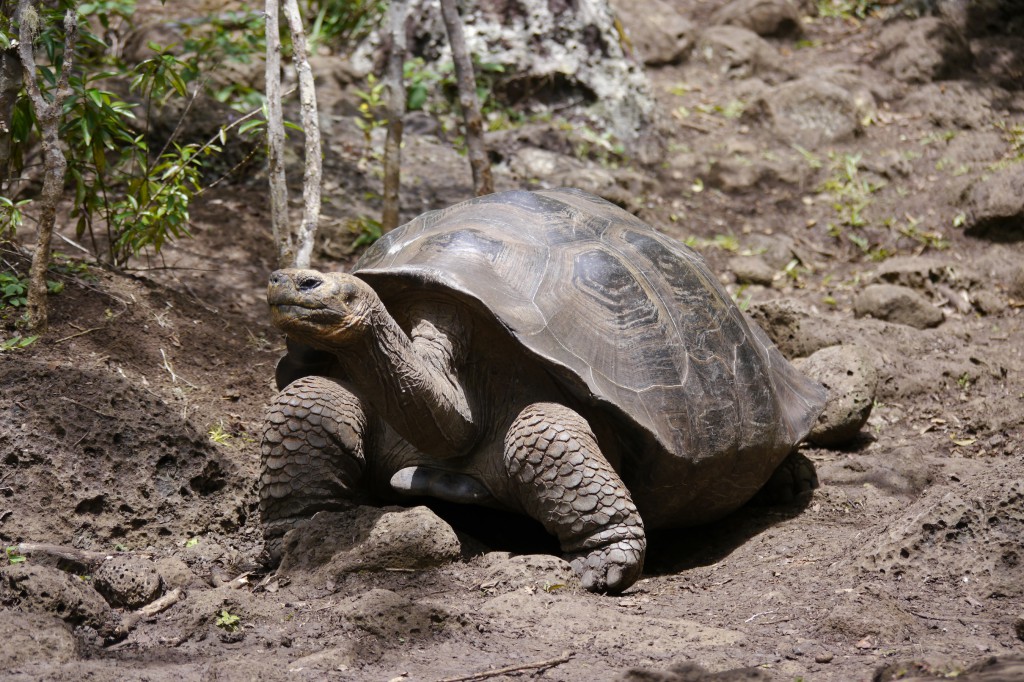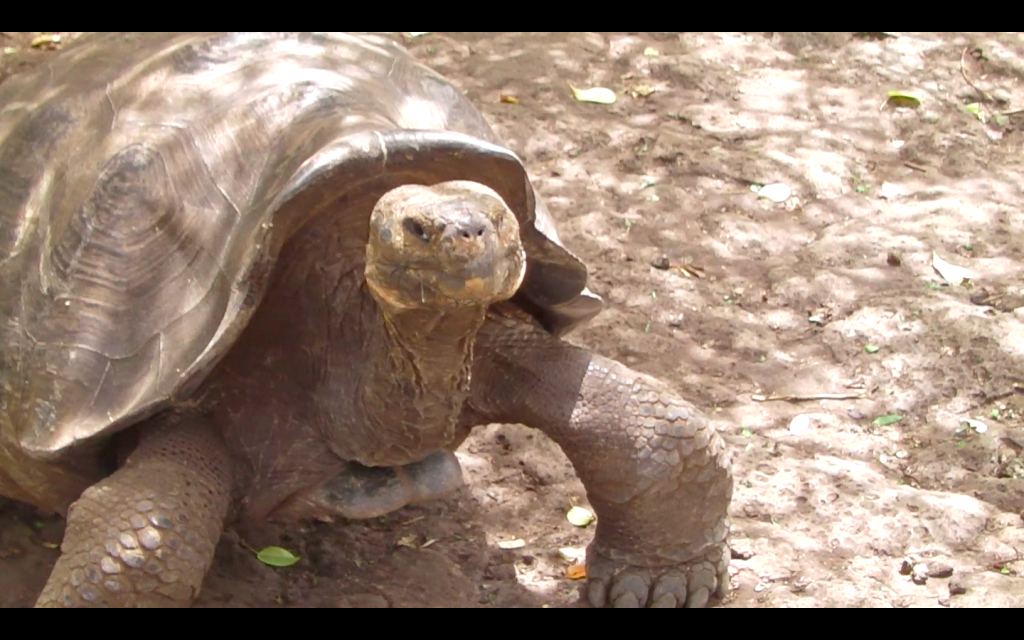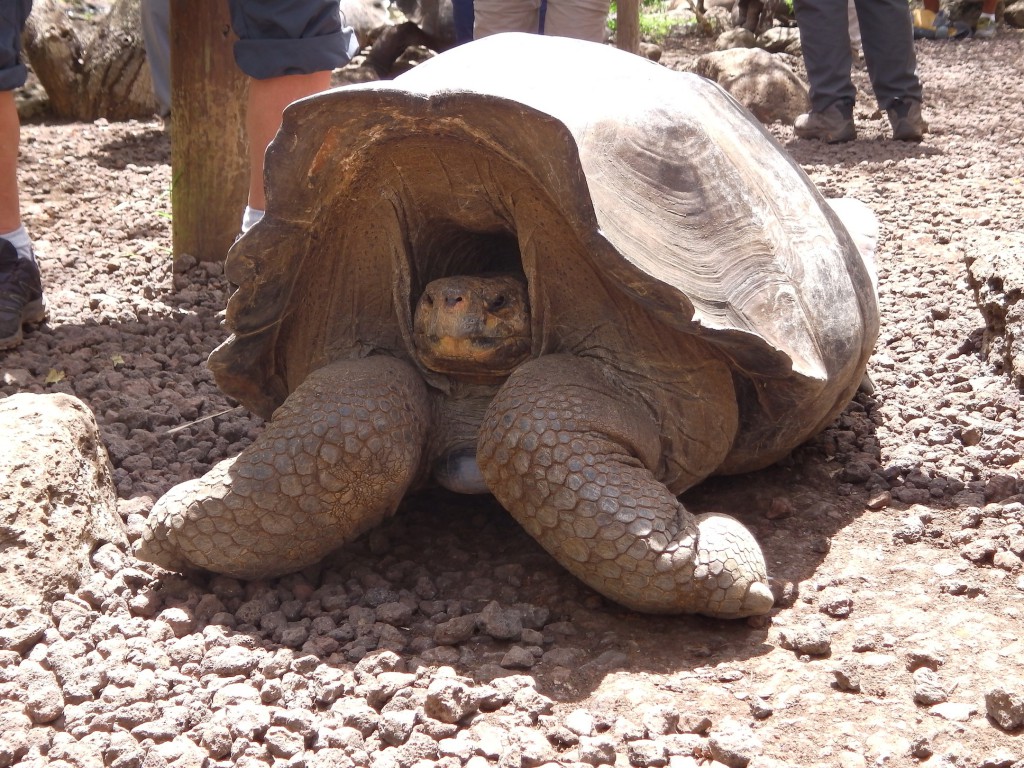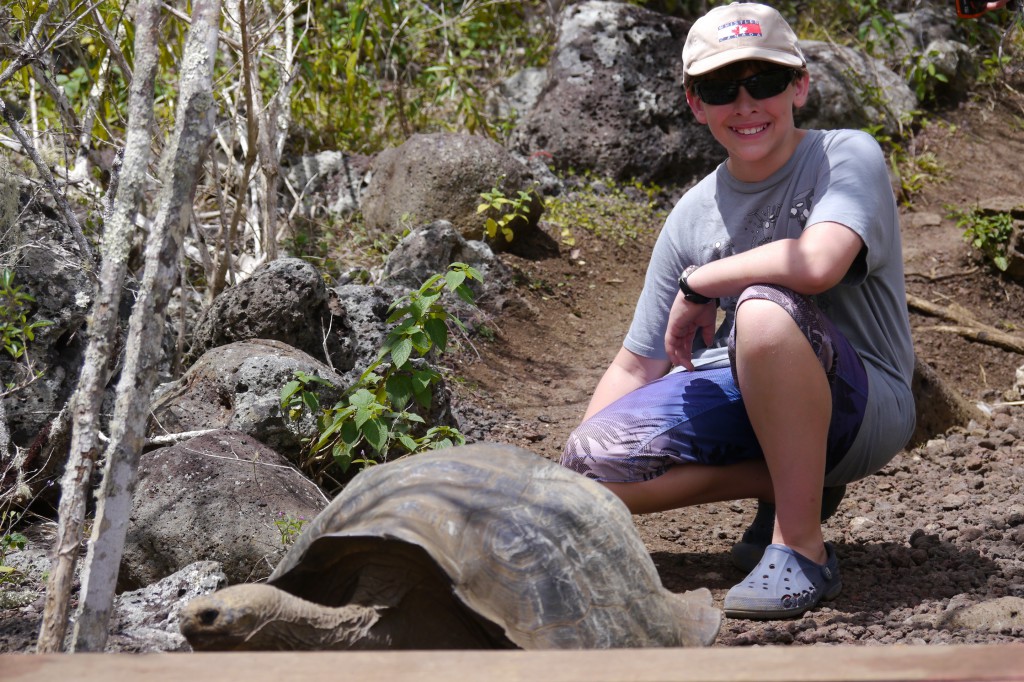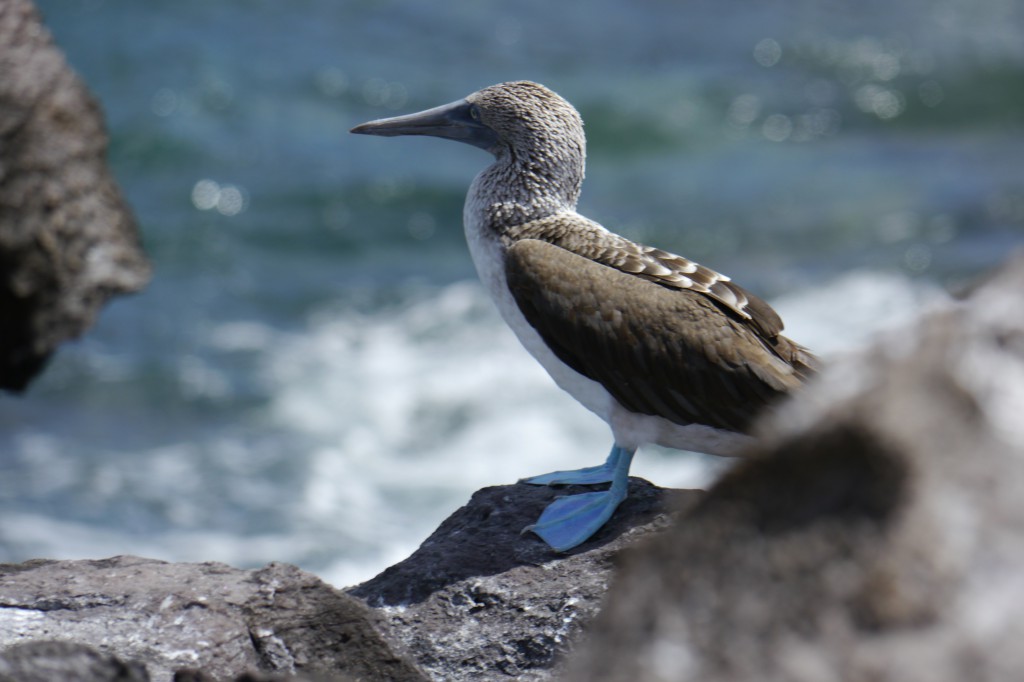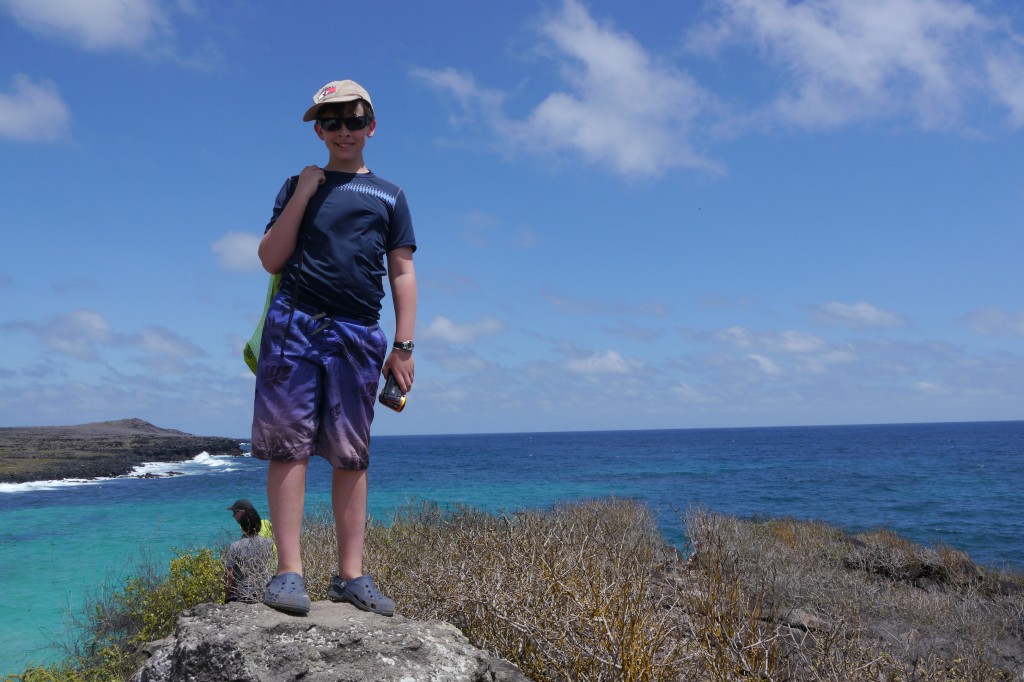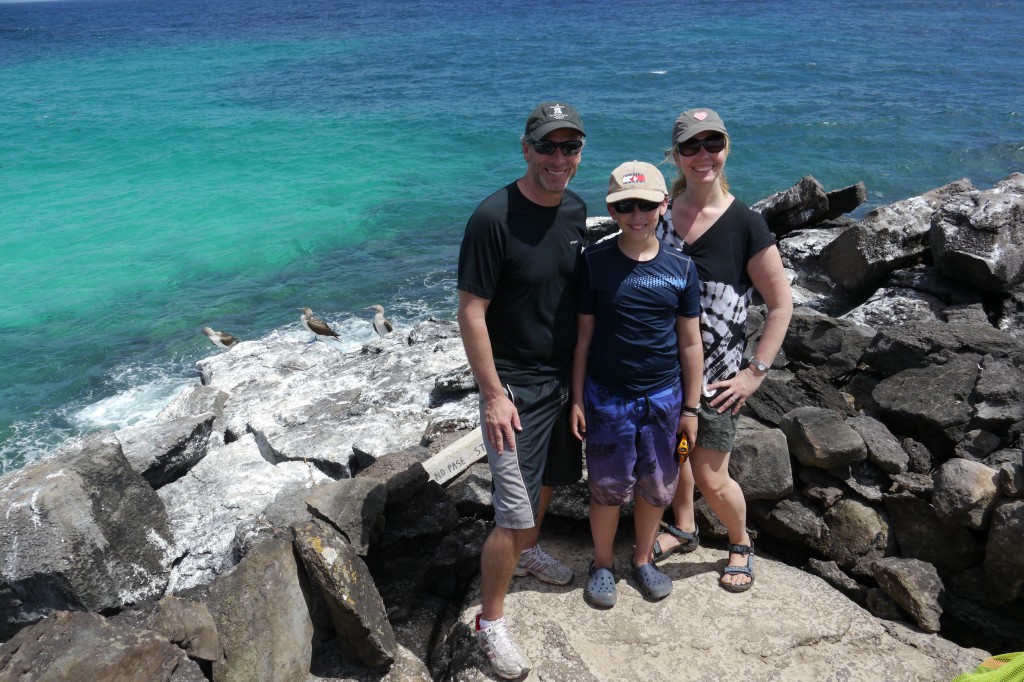Island Tour
While most people traveling to the Galapagos end up staying on small cruise ships that move from island to island, we decide there will be plenty to see sticking with a single location and taking day trips here and there. It means skipping a few things that are only seen on some of the more remote islands, but allows us to manage our own schedule, which better suits our style. Today we plan on checking out the island of San Cristobal, and hire a driver to help us see the handful of sites that are accessible by road.
Our first stop is Laguna El Junco, the only freshwater lake in the Galapagos. It sits in the crater of an old volcano, so requires a bit of a hike to get top, but rewards with panoramic views of the whole island. The lake itself is a pretty big deal for bird watchers, and our guide points out a few that I’ve never heard of, but we’re novices in that regard, and after a few minutes checking out the scenery before heading back down.
Next up is La Galapguera, which is much more our speed. This is a sanctuary and breeding station for Galapagos Tortoises, and hands down the best place to see these gentle giants (there is a similar one on Santa Cruz). The trails are well marked to keep the tourists from getting to close, but there are no walls or ditches to keep the animals penned in so and they are perfectly happy wandering (slowly) down the very same paths.
From La Galapuera, we head down to the shore, where Frigate birds and Blue-Footed Boobies nest. Most of the Frigate birds we see are females, so we miss out on the males with the big red airbag hanging from their chin (they blow this up to look cool for the ladies, but once inflated, it takes all day to deflate), but they still make for an impressive sight gliding just above your head (they look like pterodactyls).
While not unique to the Galapagos, the place is notorious for Boobies (as reinforced by all the Booby paraphernalia for sale in the local shops), particularly the Blue-Footed variety. When they mate, Boobies do a funny little dance where they wave their feet in the air, but none of that today, as they just hang out on the rocks they have covered in their own poop. Now I can look at boobies all day, and since I rarely get a chance to do so on a sanctioned basis, I take full advantage, even capturing a few pictures for posterity.
From our perch, we can also watch them dive bomb fish, which keeps us entertained for a good ten or fifteen minutes before heading back down to the beach.
The last stop is a bay called Las Tijeretas, where we get a chance to do some snorkeling. According to the guide, this is usually a good spot to see fish, turtles, and different kinds of rays (including the occasional manta). We don’t really see much of anything though, which is a bit of a disappointment. We do find out that Sam’s waterproof camera isn’t all that waterproof though, and after documenting almost three weeks of our travels, goes into retirement.
